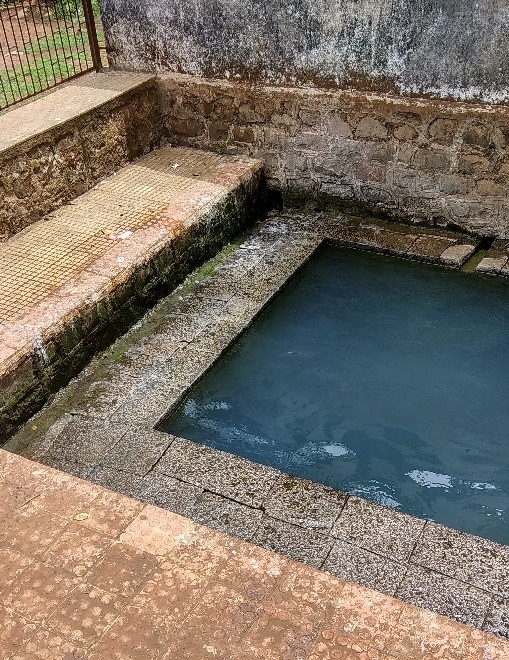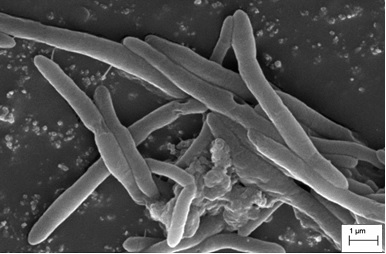A new genus of anaerobic lignocellulose-degrading bacteria found in the hot spring of Aravali, located in Ratnagiri district of Maharashtra which has the ability to produce hydrogen gas as a byproduct of its metabolism could be a source of clean and renewable energy.
The Bioenergy Group at the Agharkar Research Institute (ARI), an autonomous institute of the Department of Science and Technology, has been studying anaerobic bacteria in the breakdown of lignocellulosic wastes for the past ten years. The group's researchers have been studying the microbial diversity of anaerobic microorganisms that break down lignocellulose in a variety of environmental niches, including rumen, termites, compost, mangrove sediments, and hot springs. Several novel bacterial, fungal, and methanogenic species were discovered.
In a recently published paper of the journal Archives of Microbiology their have described a bacteria called Sporanaerobium hydrogeniformans which produces hydrogen as a byproduct of its metabolism.
Sporanaerobium hydrogeniformans is part of the Lachnospiraceae family, whose members are known as the most effective polysaccharide degraders due to their capacity to synthesise free or complicated hydrolytic enzymes. The structural elements of lignocellulosic agricultural wastes, cellulose and xylan, can be broken down by this bacterium.
A collection of thermostable hydrolytic enzymes reported in Sporanaerobium hydrogeniformans makes the bacterium significant for use in industry. The researchers also discovered that the bacteria can grow optimally at high temperatures of 45–50°C and an alkaline pH of 8.0. The bacteria may be a candidate for biohydrogen generation from agricultural leftovers in accordance with waste-to-energy legislation in India.
The scientists found that the bacterium used the hexose and pentose sugars released during the hydrolysis of complex polymers like cellulose and xylan to make large amounts of hydrogen gas and byproducts including acetic acid, formic acid, and ethanol. It is known that very few bacteria can use the sugars hexose and pentose at the same time. Due to this characteristic, the bacterium is a crucial strain for the industrial generation of biofuels. Additionally, genomic research uncovered that new bacterium possess a special metabolic route for converting a variety of simple and complex substrates into hydrogen and ethanol.
Discovery of Sporanaerobium hydrogeniformans opens up new directions for investigation into the production of biohydrogen gas as a long-term energy source. Additionally, it emphasises the value of researching microbes in hostile habitats like hot springs, where rare and important species might be found.
The scientists are hoping that more research on this bacterium will lead to the creation of innovative and effective processes for producing biohydrogen gas, which could decrease reliance on fossil fuels.
For further details, Dr Sumit Singh Dagar (ssdagar[at]aripune[dot]org), Scientist, Bioenergy Group, and Dr PK Dhakephalkar, Director, ARI, Pune, (director[at]aripune[dot]org) can be contacted.
Publication link: https://doi.org/10.1007/s00203-023-03641-6


Figure. (a) Sampling site of the Aravali hot spring and (b) Scanning Electron Microscope (SEM) image of Sporanaerobium hydrogeniformans.






























